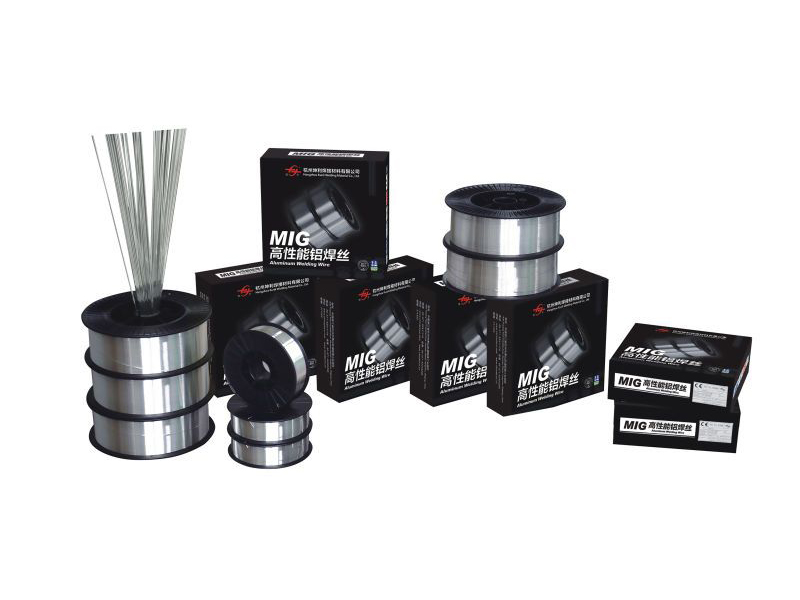What are the characteristics of aluminum welding wire?
Aluminum is one of the most versatile metals on earth, making it easy to work with and also one of the strongest. Nearly 30 percent of all aluminum produced in the world today is used for welding purposes—and there are many different types available today. But what makes up that welding wire and how does it differ from aluminum produced for other processes? Aluminum wire and rod are both used in various welding applications, but there are some distinct characteristics that make each better suited for certain uses. Because aluminum is well known among industrial manufacturers for its combination of light weight and strength, it has become a go-to material for welders who need a metal that will not only hold up to a variety of processes (including underwater), but also be easy to work with."


Nearly 30 percent of all the aluminum produced in the world today is used for welding.
Nearly 30 percent of all the aluminum produced in the world today is used for welding. Aluminum is an extremely versatile material, which means it can be used in almost any application and industry. It has been a popular choice among metalworkers since its discovery in 1825 because it's strong, lightweight and easy to work with.
Because aluminum is so widely used and has so many applications, it's important that we understand how to weld it correctly so that our projects are strong and reliable.
But what makes up that welding wire and how does it differ from aluminum produced for other processes?
Aluminum is an abundant metal that can be found in the earth's crust. The majority of aluminum production comes from bauxite ore, which is mined and processed into alumina before being refined into pure aluminum. The resulting metal has a silvery color and high strength-to-density ratio (i.e., strong but light). Although not as malleable as other metals, such as copper or gold, it still has excellent workability when worked by hand or machine tools.
Aluminum Welding Wire and rod are both used in various welding applications, but there are some distinct characteristics that make each better suited for certain uses.
Aluminum wire is typically used when a strong weld is required. Due to its high tensile strength, aluminum wire can be used to create strong welds that hold up well under pressure or stress. This makes it ideal for applications where you want your welds to be able to withstand high stress loads such as those found on roller coasters or bridges that cross over large bodies of water.
Aluminum wires also have excellent fatigue resistance which means they won't break easily even after repeated use (as long as they're properly maintained). Because of this property, aluminum wire is often chosen over other types of metals when building airplanes since airplanes must constantly withstand strong winds while flying at high altitudes--a feat which requires extremely durable material components like those found within airplane frames themselves!
Related Products
-
 View More
View More
5154 Aluminum Alloy Welding Wire
-
 View More
View More
ER4043 Silicon Aluminum Welding Wire
-
 View More
View More
ER4047 Aluminum Mig Welding Wire
-
 View More
View More
ER5154 Al-Mg Alloy Wire
-
 View More
View More
ER5087 Magnesium Aluminum Welding Wire
-
 View More
View More
Aluminum Welding Wire ER5183
-
 View More
View More
Aluminum Welding Wire ER5356
-
 View More
View More
ER5554 Aluminum Welding Wire
-
 View More
View More
ER5556 Aluminum Welding Wire
-
 View More
View More
ER1100 Aluminum Welding Wire
-
 View More
View More
ER5754 Aluminum Welding Wire
-
 View More
View More
ER2319 Aluminum Welding Wire
 English
English Deutsch
Deutsch
 English
English Deutsch
Deutsch

